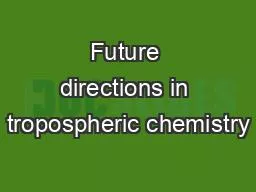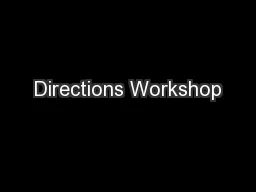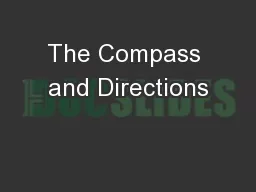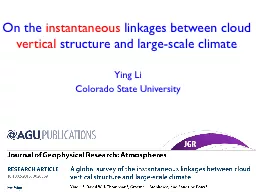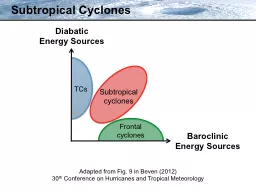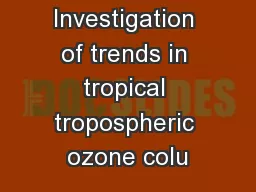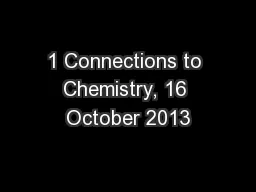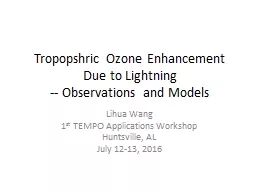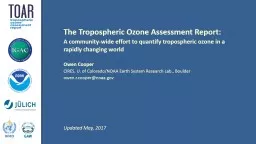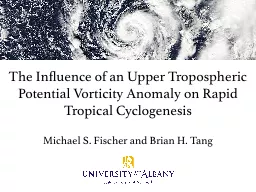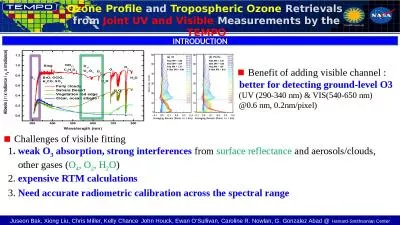PPT-Future directions in tropospheric chemistry
Author : genderadidas | Published Date : 2020-06-22
what else besides climate change Daniel J Jacob Group photo 2013 Range of tropospheric chemistry problems LOCAL lt 100 km REGIONAL 1001000 km GLOBAL gt 1000
Presentation Embed Code
Download Presentation
Download Presentation The PPT/PDF document "Future directions in tropospheric chemis..." is the property of its rightful owner. Permission is granted to download and print the materials on this website for personal, non-commercial use only, and to display it on your personal computer provided you do not modify the materials and that you retain all copyright notices contained in the materials. By downloading content from our website, you accept the terms of this agreement.
Future directions in tropospheric chemistry: Transcript
Download Rules Of Document
"Future directions in tropospheric chemistry"The content belongs to its owner. You may download and print it for personal use, without modification, and keep all copyright notices. By downloading, you agree to these terms.
Related Documents

